A Quick Fix for 3 Pharma-Marketing Mistakes
Even sophisticated pharma brands can trip over a few stubborn marketing potholes—mismanaged data, bloated contact lists, and calls-to-action that hide in plain sight. Catching these slip-ups early keeps budgets lean, HCP engagement high, and compliance headaches to a minimum. Here’s how to spot the three biggest pitfalls we still see—and the simple fixes that turn them into quick wins.
1. Drowning in Data, Starving for Insight
Teams track open rates, NPI-level script lift, field-force calls — you name it — but dashboards rarely translate all that noise into a clear next step.
How to Fix it:

Consolidate first. Pipe every channel (email, HCP media, sample requests, rep activity) into one normalized warehouse. If you’re on Pulse Engagement Cloud, the platform’s dozens of built-in connectors do the heavy lifting.
Define the question before the metric. Decide whether you’re chasing new writers, depth of prescribing, or patient starts, then pick KPIs that ladder straight to that goal.
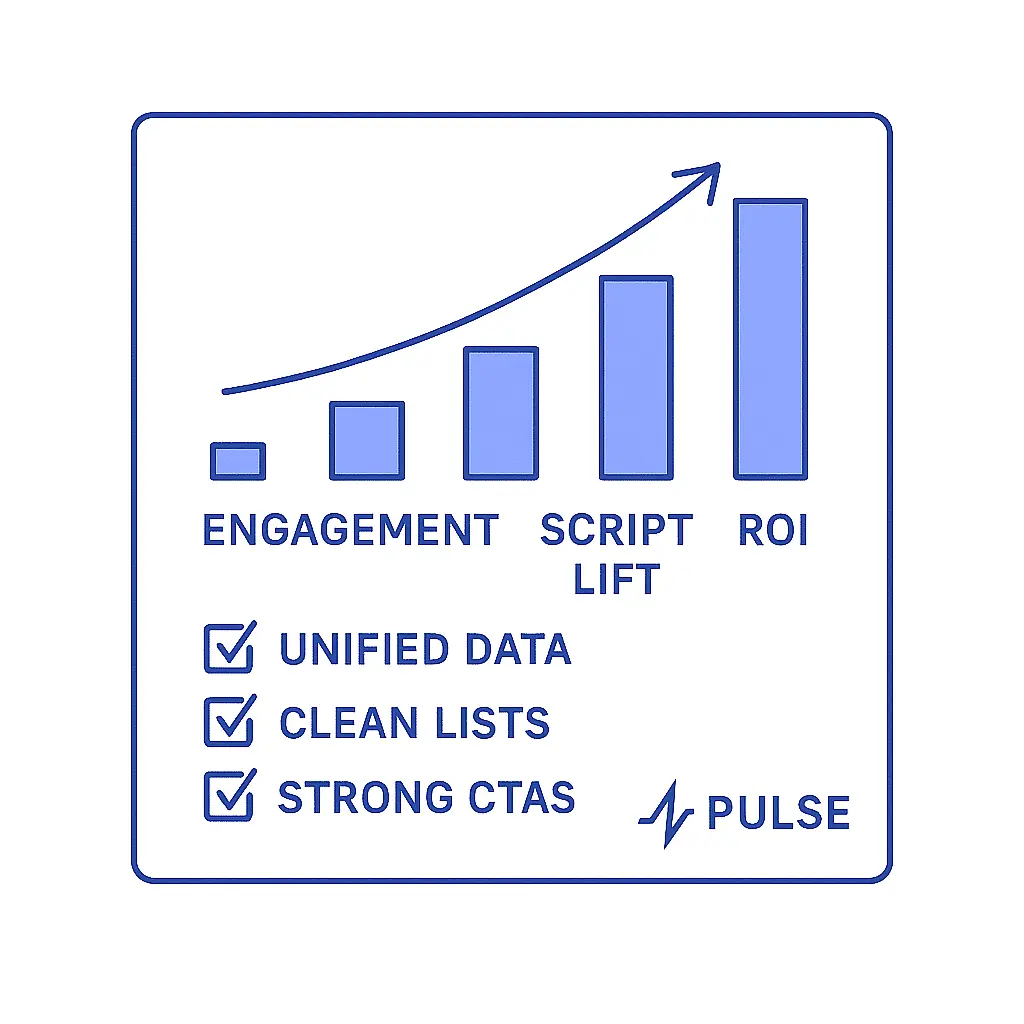
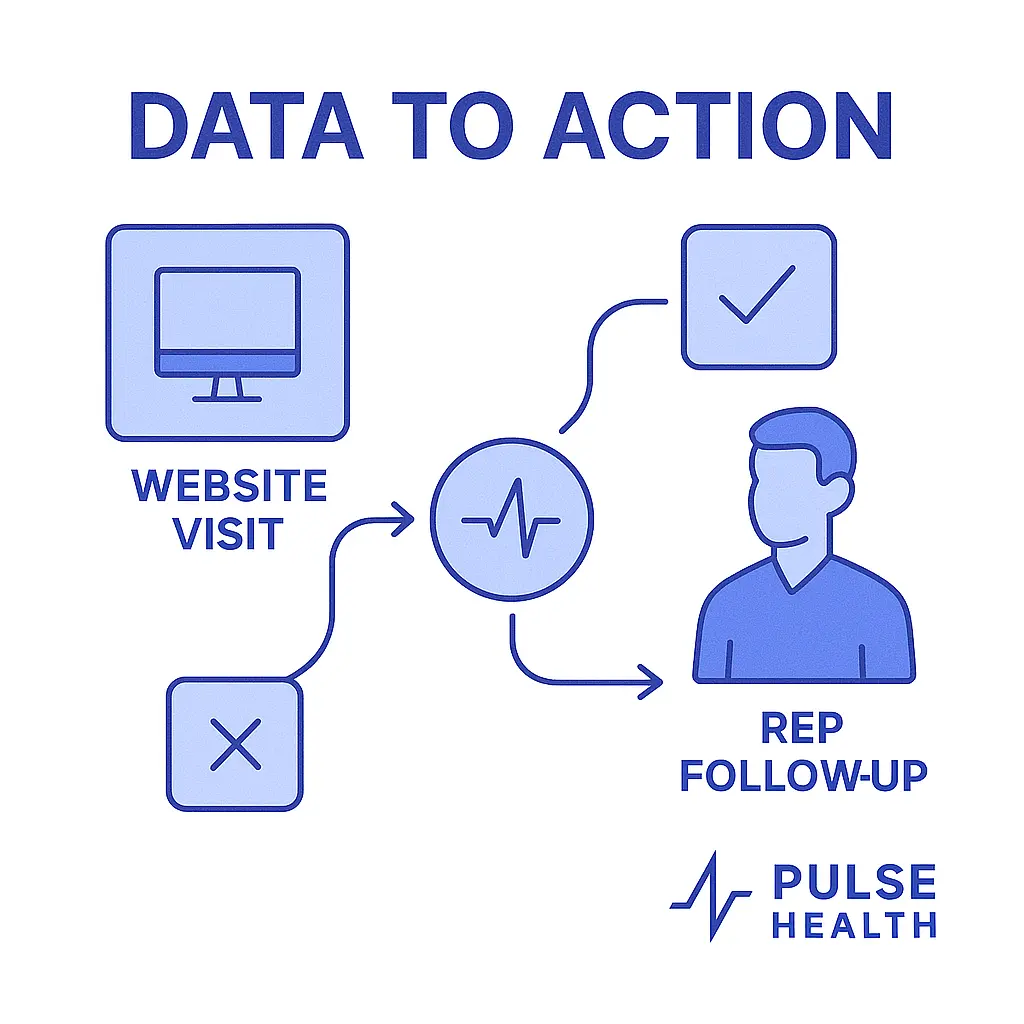
Automate the feedback loop. Map high-intent signals to compliant follow-ups — for example, a visit to the dosing-guide page triggers same-day rep outreach.
Need a deeper dive? See how to get every data source “talking” to each other.
2. Equating “Bigger List” with “Better Results”
A six-figure HCP list looks impressive — until you realize half the contacts are inactive or outside your target specialty. Bloated databases wreck deliverability and waste budget.
How to Fix it:
- Segment ruthlessly. Slice lists by specialty, adoption stage, geography, or formulary access. Micro-segmented sends routinely beat batch-and-blast on both engagement and script lift.
- Let engagement set the cadence. Warm segments monthly, colder segments quarterly, and sunset anyone who hasn’t opened in 12 months.
- Blend in offline signals. Enrich lists with booth scans, sample requests, and other real-world interactions captured in Pulse — see how we merge live events into the same view in our post on offline touchpoints in an omnichannel strategy.
3. Hiding (or Diluting) Your Call-to-Action
If your reader has to scroll to find the ask, conversions nosedive. CTAs buried under brand stories or legal disclaimers fade into the background.
How to Fix it:
Lead with the outcome. Place the primary CTA — “Request a Demo Device,” “Download the Dosing Guide,” etc. — in the hero region and repeat it with contextual tweaks further down.
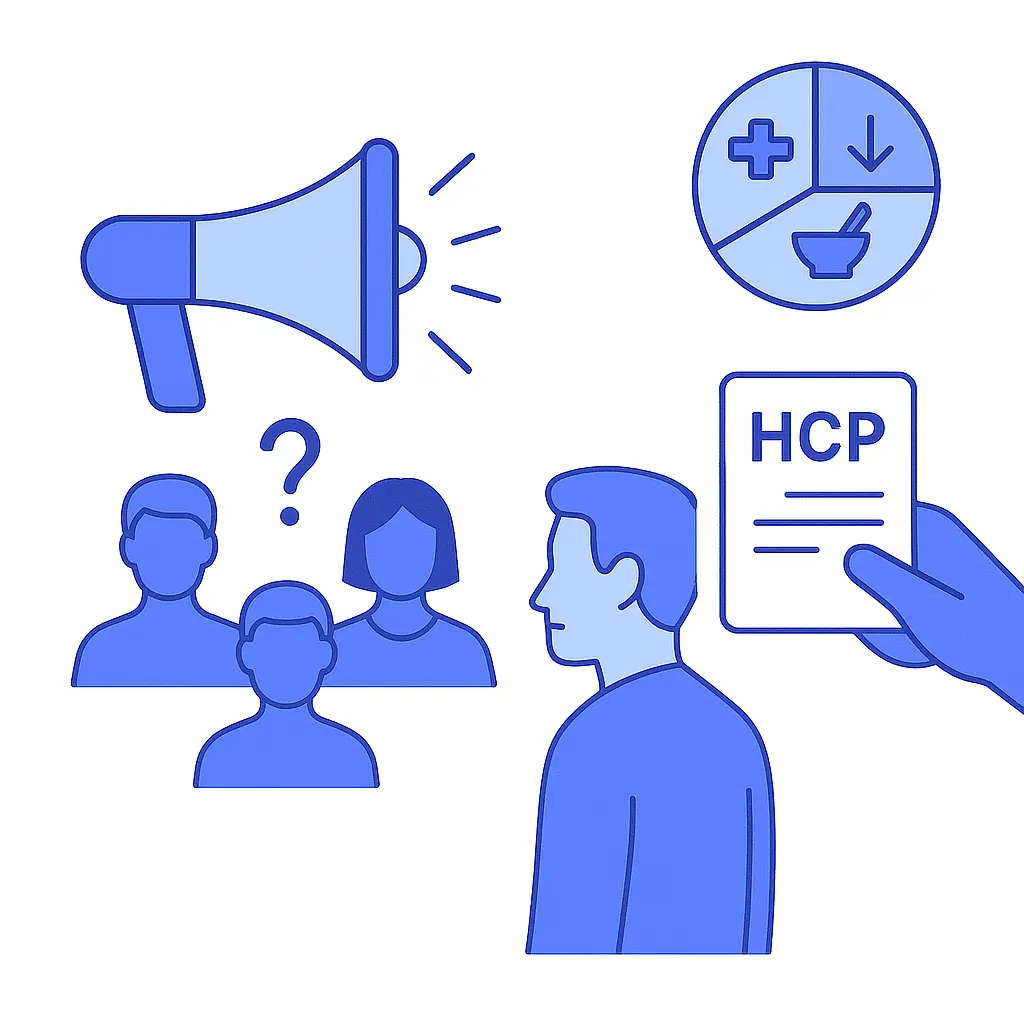
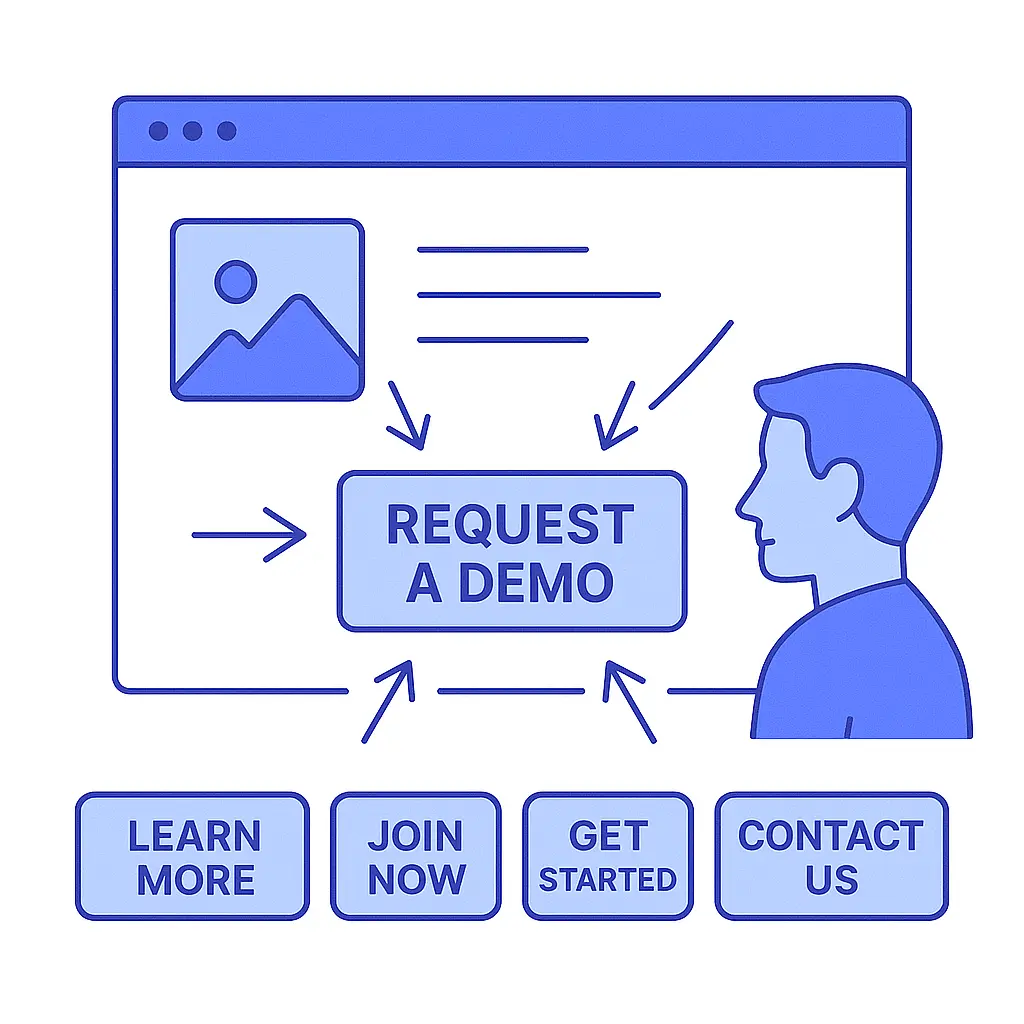
Match CTA to micro-segment. A first-year writer might prefer “View Clinical Data,” while a loyal prescriber is ready for “Order Samples.”
Align every element to the click. Copy, design, and even the email sender line should steer the HCP toward that single action.
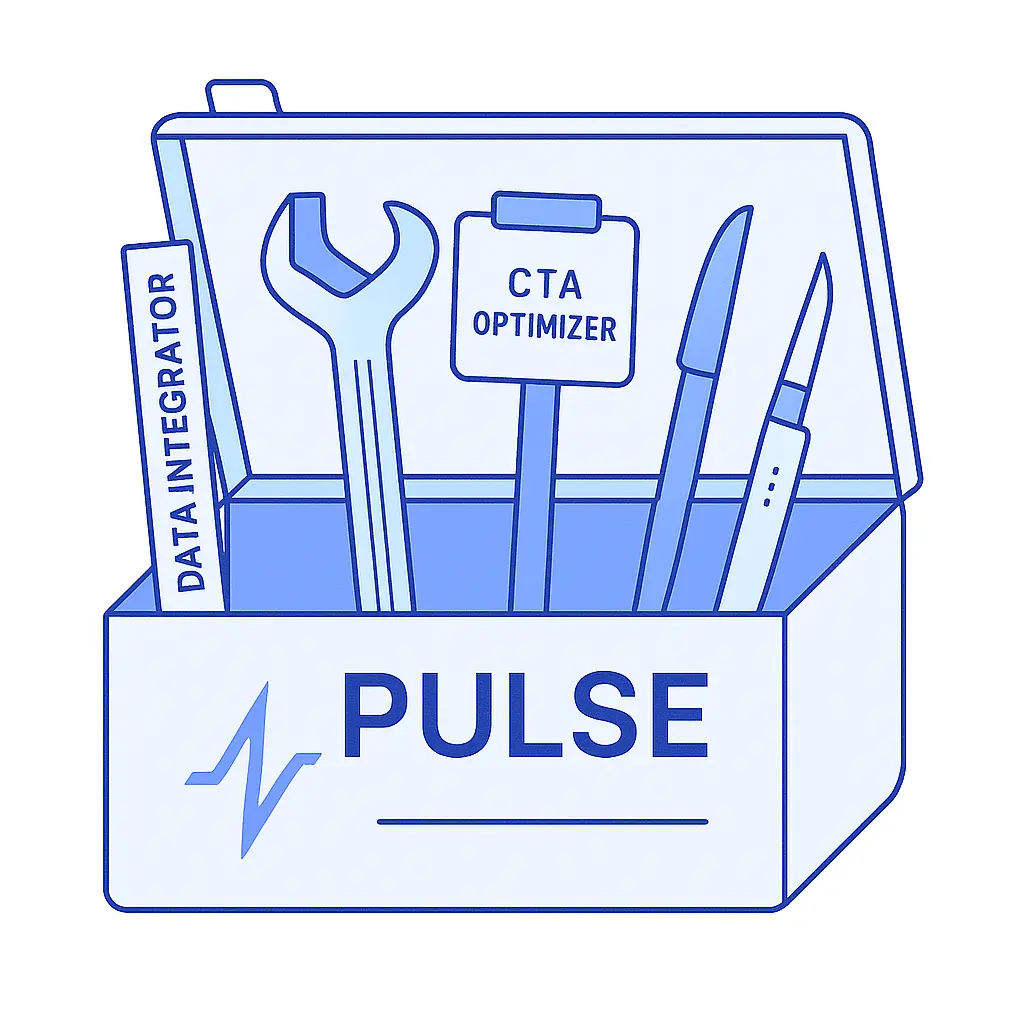
Not sure which CTA moves scripts? Pulse’s real-time integration layer can A/B-test variants against actual prescribing data — details here.
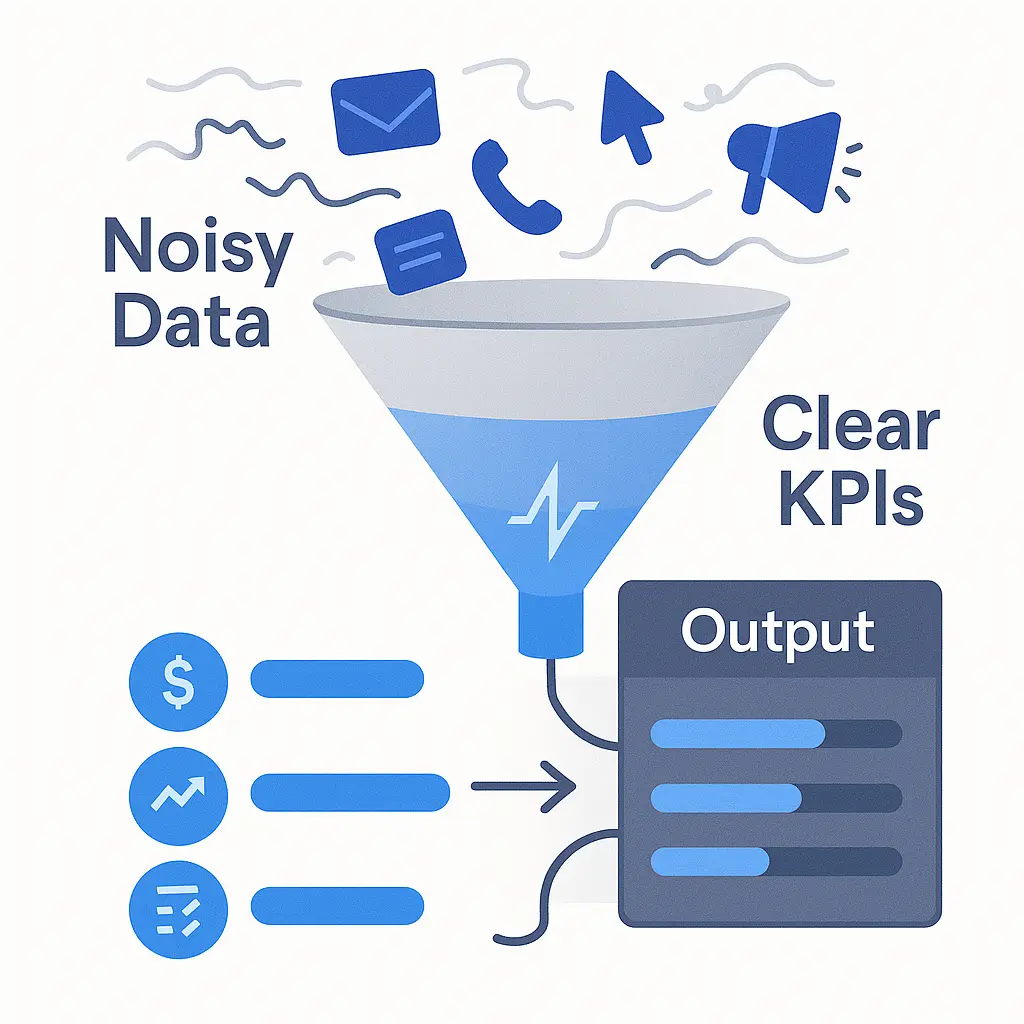

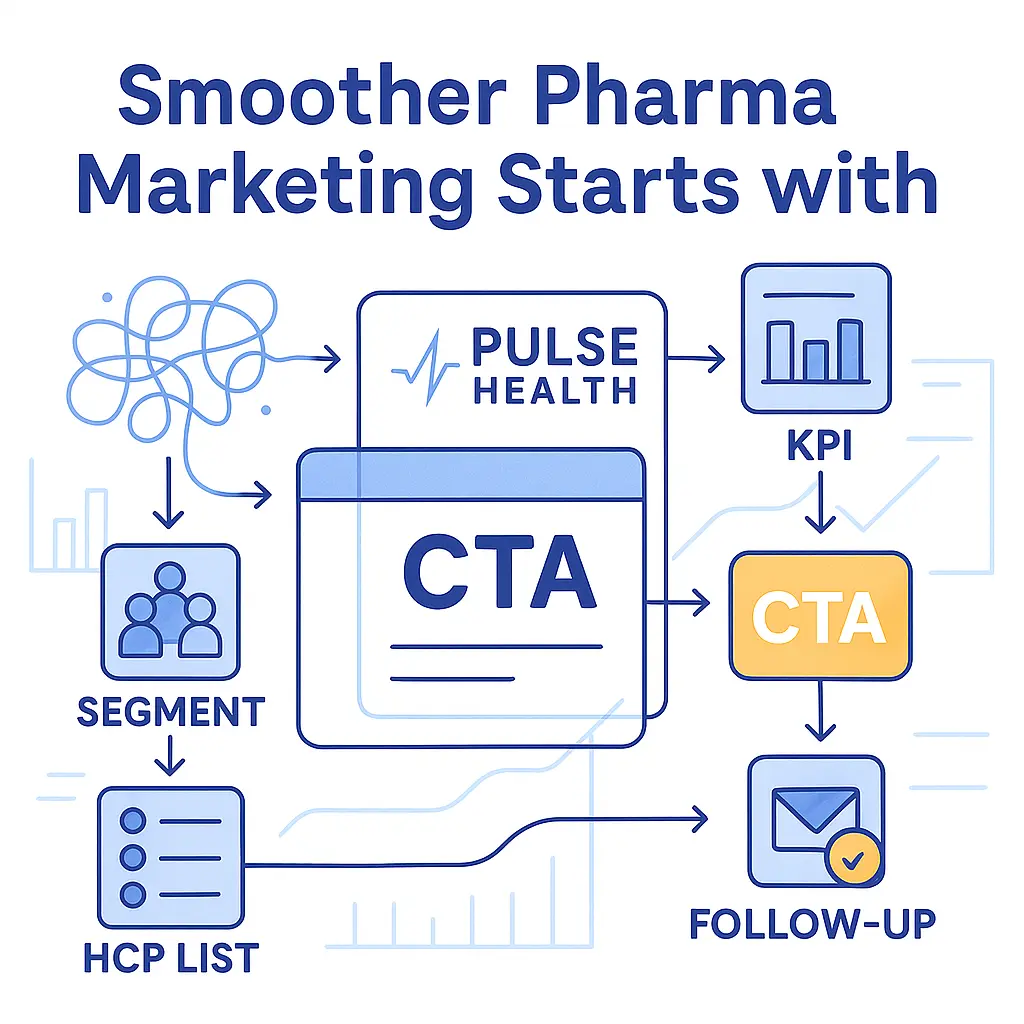
Putting It All Together
When your data is unified, your lists are right-sized, and every asset drives a crisp next step, you unlock:
- Faster insight-to-action cycles
- Higher engagement and lower churn
- Attribution finance and brand teams both trust
Ready to eliminate these missteps? Let’s talk about building a smarter, unified engagement engine.
More to explore: see how health-care CRM synergy levels-up patient-centric campaigns.



